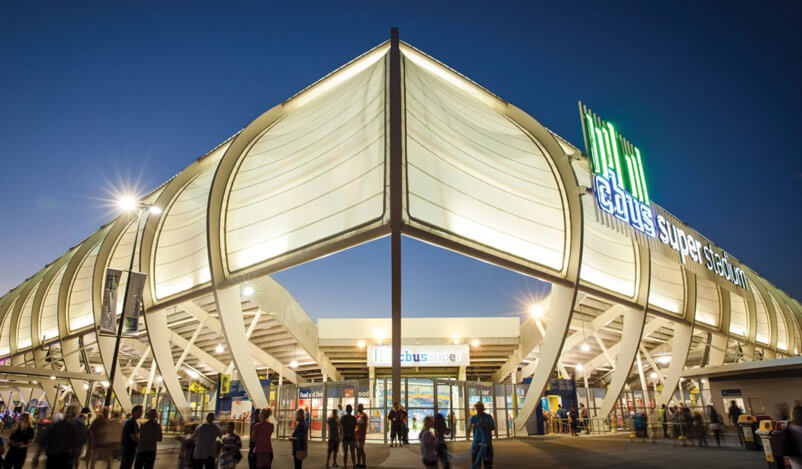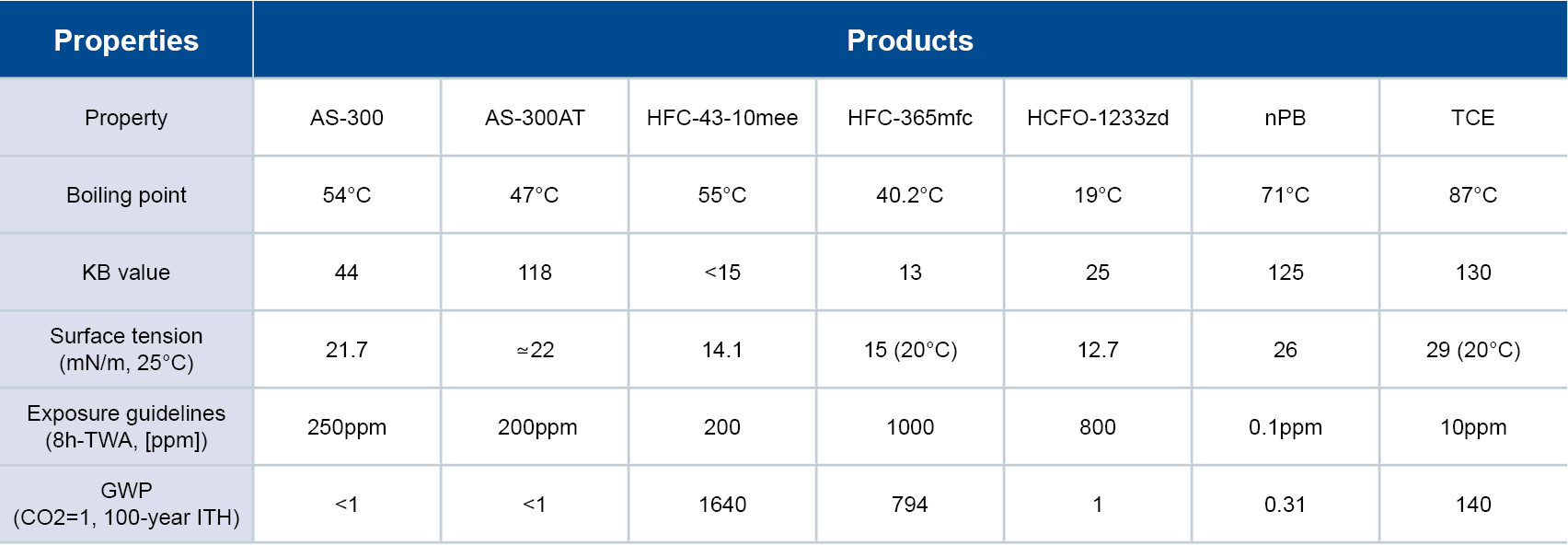PTFE Materials are a Beautiful Defense for Stadiums

Reading Time: 3 minutes
In many sports, the best offense is a good defense. The same theory applies when designing architectural marvels, like stadiums. In fact, it is imperative to use materials that are both strong and stylish. This is because protecting arenas from extreme weather conditions, while also appealing to the public’s eye is not an easy task. However, PTFE fluoropolymers can get the job done by combining superior functionality with aesthetic possibilities. Stadiums constructed with PTFE fabrics are dramatic statements that withstand the test of time.
These chemically inert, highly translucent resins contain a wide variety of beneficial properties:
- UV Resistance
- Weatherability
- Excellent Strength & Durability
- Water & Wind Resistance
- Stain Resistance
In architectural applications, PTFE is most commonly used as aqueous dispersions to give nonstick qualities to glass cloth and other fabrics. The resulting dynamic tensile material rivals other construction materials due to superior visual appeal and durability.
PTFE dispersions make fabrics better
Aqueous dispersions contain negatively charged PTFE particles ranging from 0.25-0.28µm in mean diameter. Initially, formulators apply the dispersions to the fabrics, which are then dried, baked and sintered in phases between 90°C and 400°C (195°F and 752°F). Overall, this process makes it possible to impregnate very absorbent materials like hemp or flax.
A fabric with PTFE is ideal for large roofing areas, facades and other architectural structures where the membrane panels hold in place due to tension. These fabrics filter light, cut down on glare, and provide broad illumination to large interior spaces. Furthermore, from the outside looking in, the PTFE material structures provide dramatic and colorful illumination.
Architectural applications of these PTFE materials are seen in stadiums worldwide:

Red Bull Arena
This stadium is home to Major League Soccer’s New York Red Bulls and the New York Red Bulls of the United States Soccer League. Located in Harrison, NJ, Red Bull Arena has a partial roof made of glass cloth material coated with PTFE. Additionally, eighteen meters (59 feet) of the roof is translucent, which allows natural light to pass through onto the pitch. In December 2011, the stadium received Project of the Year (Sports/Recreation) by Engineer News Record in New York.

Estádio Beira-Rio
This stadium is home to the Brazilian football team Sport Club Internacional. It was also selected as one of the 12 official venues of the 2014 FIFA World Cup. As a result of its World Cup selection, the stadium required extensive reconstruction, including a new exterior and roof, which began in 2012. A glass-coated PTFE fabric makes up the roofing and allows sunlight to pass through, yet protects spectators from the glaring rays and harsh heat.

Cbus Super Stadium
This rectangular football stadium is located in the Gold Coast suburb of Robina, Queensland, Australia. Its distinct shape reflects the identity of Australia’s Gold Coast. The architectural form of the building is a simple façade wrap of PTFE coated glass material, which enables the naturally ventilated concourses to use the subtropical climate to its full advantage. Designers selected this fabric because of its strength, incombustibility, UV resistance and translucency.
All in all, fluorochemical-based fabrics are ideal in architectural applications because they provide strength, UV resistance and anti-corrosion properties. As a result of their aesthetic appeal year after year in harsh weather, PTFE Materials have become a popular choice for stadium designers and architects. To see more PTFE applications in arenas and other architectural marvels.
 English
English 